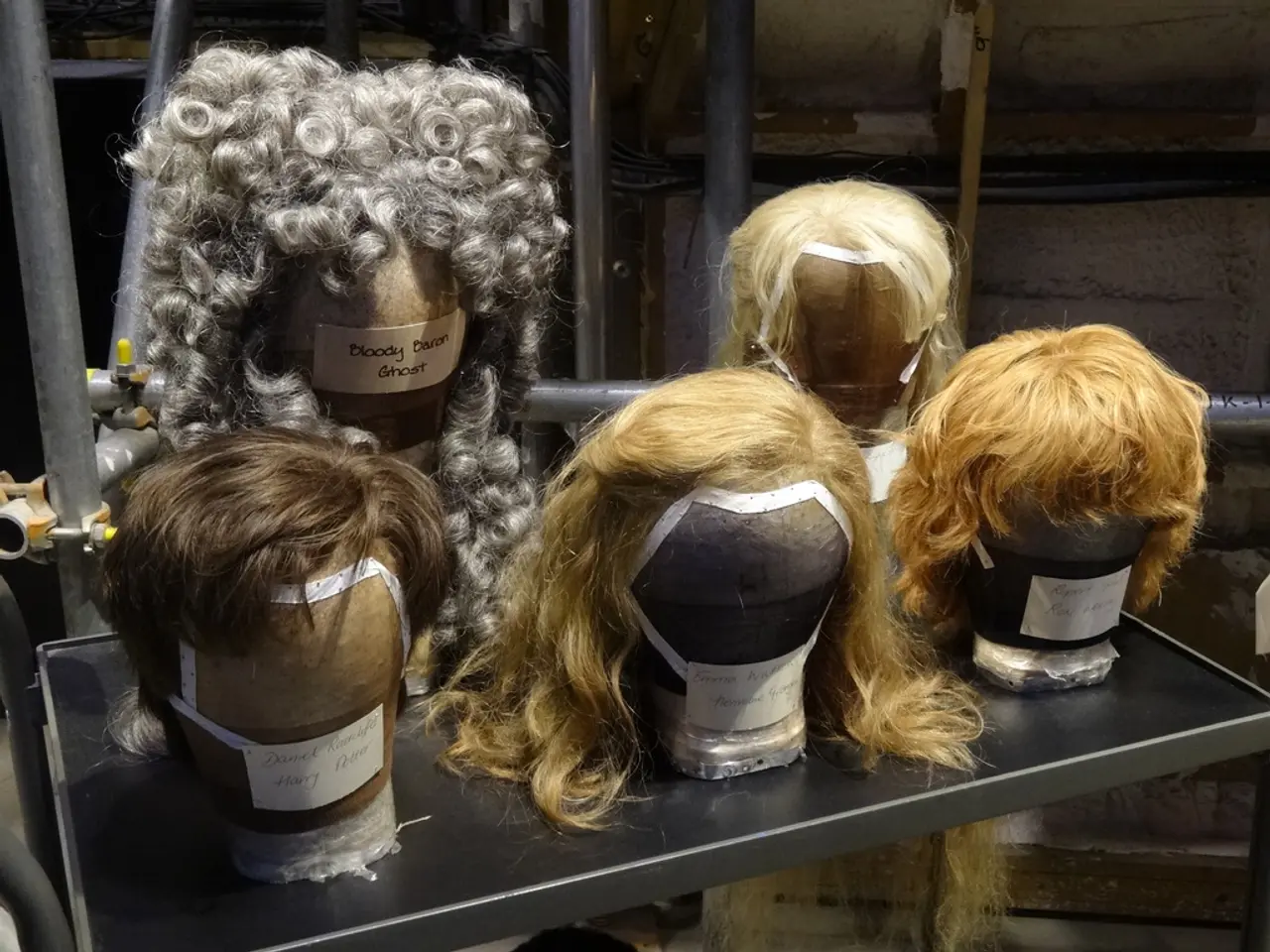Donating Your Tresses: A Step-by-Step Guide on Giving Your Hair to a Worthy Cause
In Germany, several organisations, including German Cancer Aid, the Federal Association of Second Hair Specialists (Bundesverband Zweithaar), and wig producers like Rieswick & Partner, accept donations of real hair for making wigs for cancer patients and others in need.
The requirements for hair donations typically focus on length, color, and condition. Most organisations require a minimum hair length, commonly between 25 to 30 cm (approximately 10 to 12 inches) or longer, as shorter hair is difficult to use for wig making. Some wig makers require even longer lengths to create wigs effectively.
Natural hair colors are generally accepted, but heavily dyed or bleached hair may affect wig durability and appearance. However, some organisations accept dyed or colored hair if the condition is good. The hair should be clean, dry, and untreated by chemical processes like permanent waves or extensive bleaching. Hair should also be free from significant damage, split ends, or scalp conditions.
Specifically, German Cancer Aid does not directly operate hair donation programs but supports projects that may receive donated hair for wig-making for cancer patients. They often cooperate with wig specialists and organisations that handle hair donations. The Federal Association of Second Hair Specialists provides guidelines for hair donations in Germany, emphasizing a minimum length of about 25-30 cm, bundled and tied hair before cutting, clean, dry, and untreated hair, and a preference for natural hair color. Rieswick & Partner, a wig producer, typically requires a minimum hair length of around 25-30 cm, healthy, clean, and dry hair, loose hair or hair tied into ponytails or braids before cutting, and a preference for untreated natural hair, but some dyed hair may be accepted depending on condition.
Donors are advised to send their hair freshly washed but without conditioner, to braid or tie it securely before cutting, and to avoid ponytails with hair shorter than the minimum length since very short hair strands don’t work well in wigs. It's also important to secure both the top and bottom of the braided ponytail with a hair elastic, ensure the length of the ponytail is over 30 centimeters before cutting, and avoid treating the hair with a chemical perm or permanently straightening it.
When sending the ponytail, include your contact details and send it by post to an organisation that makes real-hair wigs. Many similar programs in Germany advise donors to check the individual organisation's website or contact them for exact guidelines and mailing details.
While dreadlocks are not suitable for hair donation, many hairdressing salons work directly with wig manufacturers and offer hair donations as their partners. If precise official guidelines or donation addresses are needed, contacting the Bundesverband Zweithaar or Rieswick & Partner directly would provide authoritative details. The German Cancer Aid also provides tips online for hair donation.
Enjoying a fashion-and-beauty contribution, one could donate long, clean, and untreated natural hair to organizations like German Cancer Aid, the Federal Association of Second Hair Specialists, and Rieswick & Partner. For wig-making, these organizations typically require hair that is at least 25 to 30 centimeters long, free from chemical treatments, and can accept natural or dyed hair in good condition.




